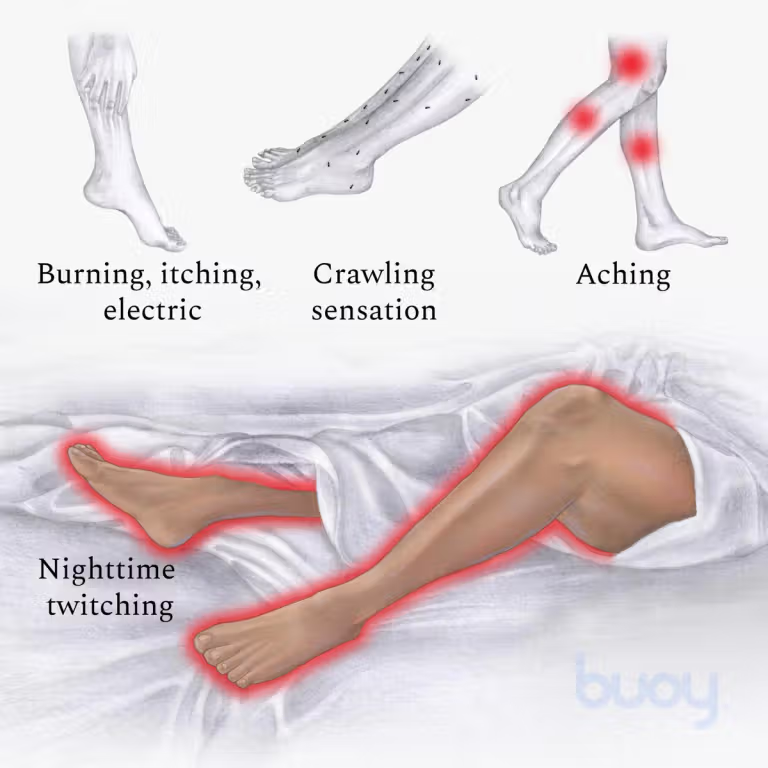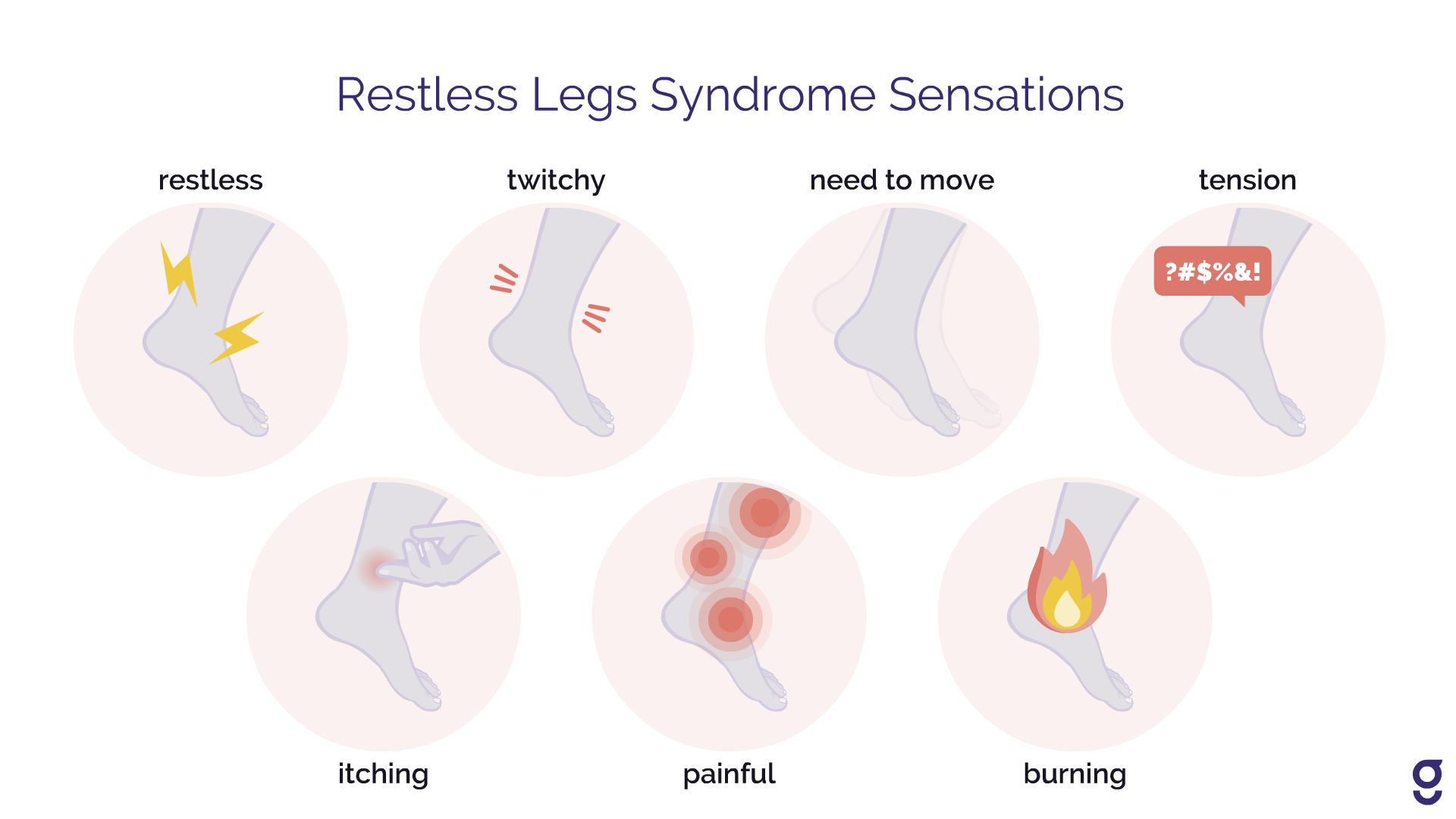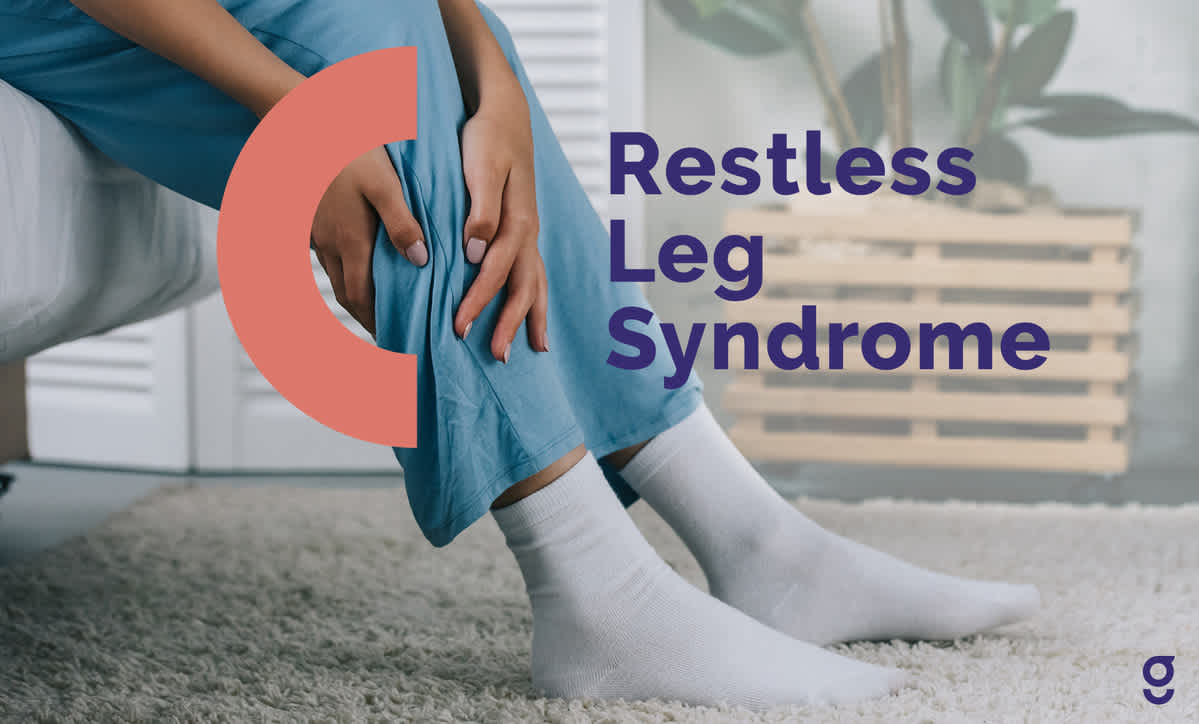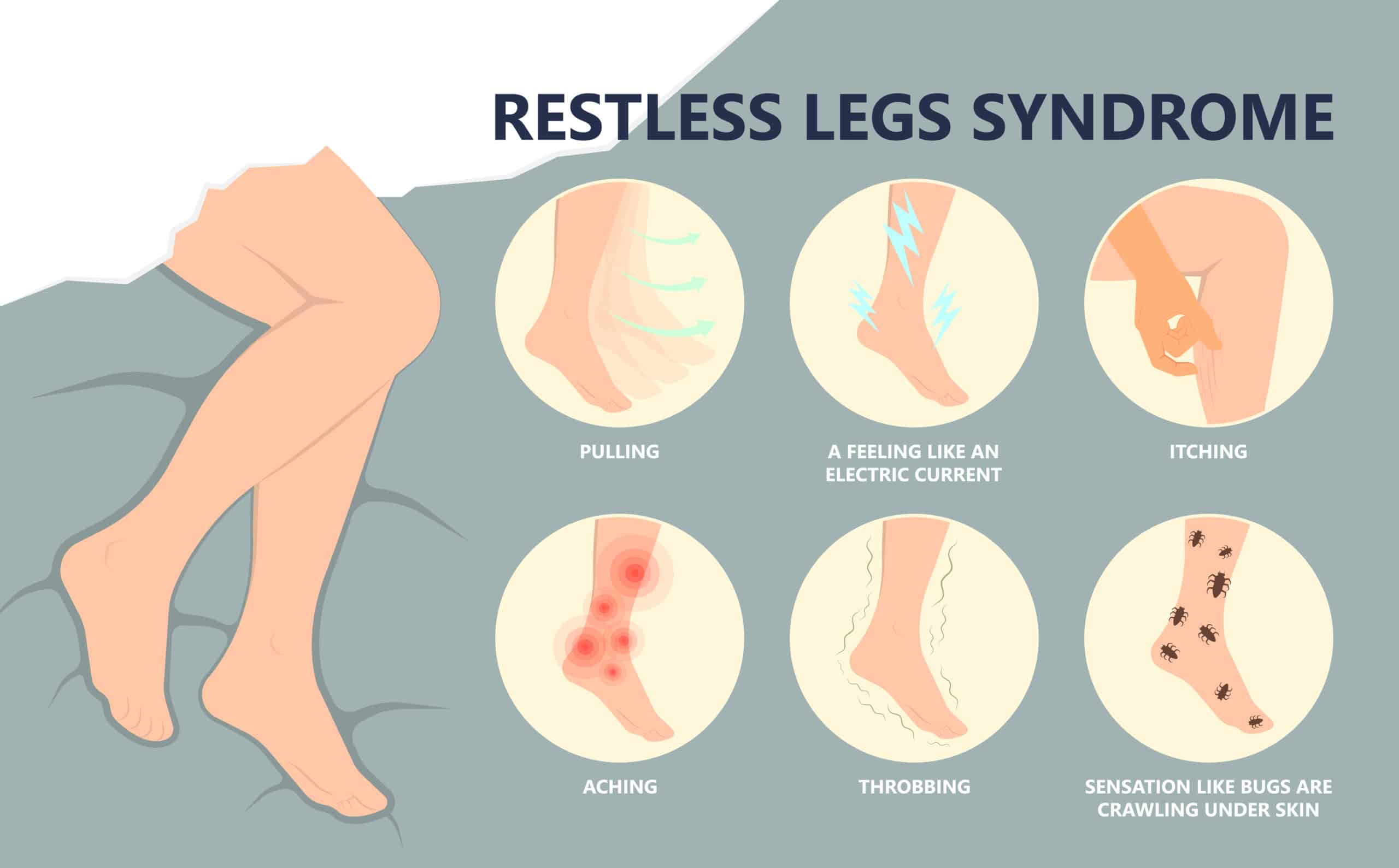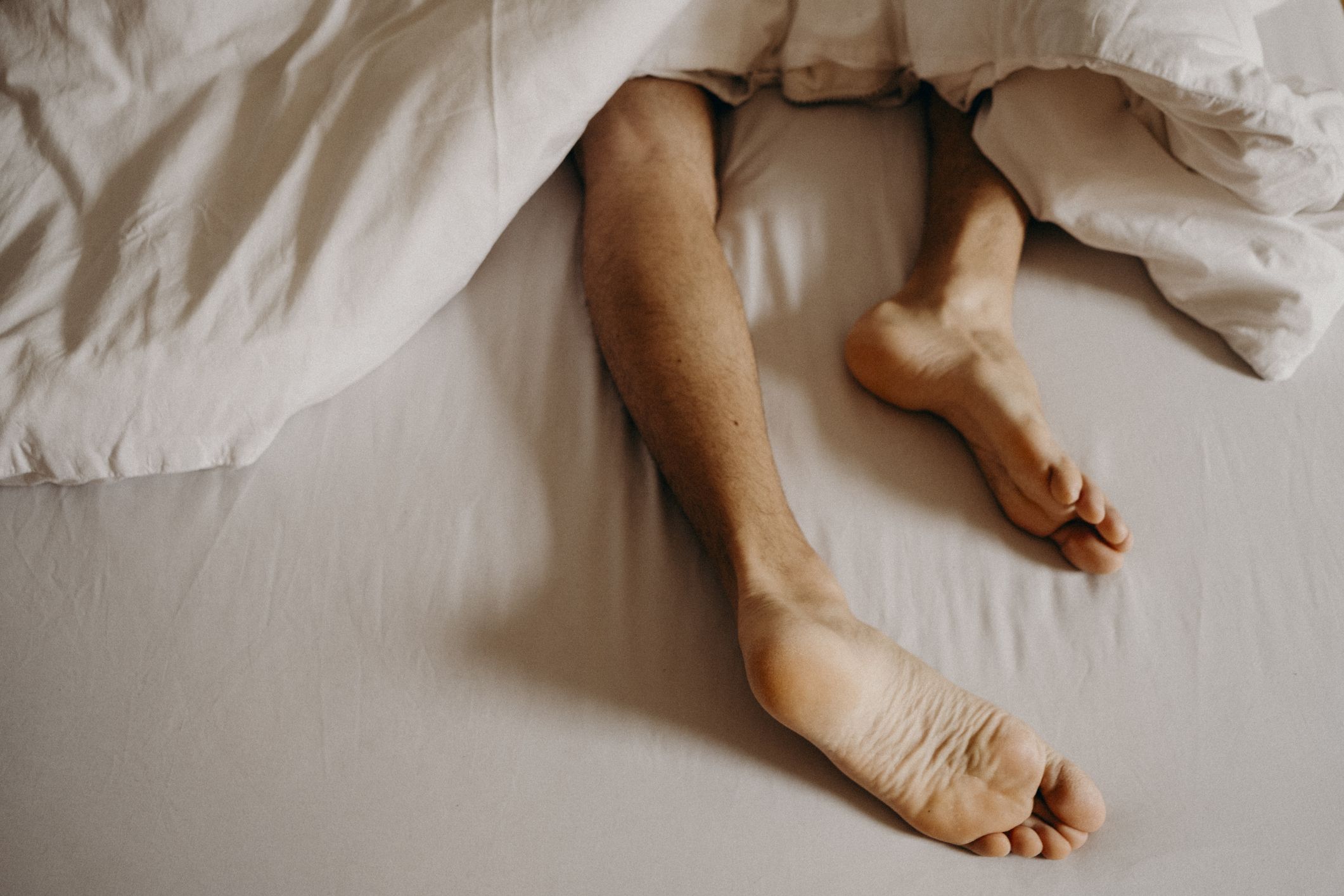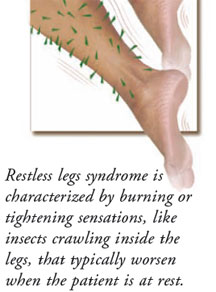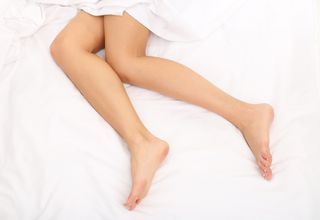Can You Have Restless Leg Syndrome In Just One Leg
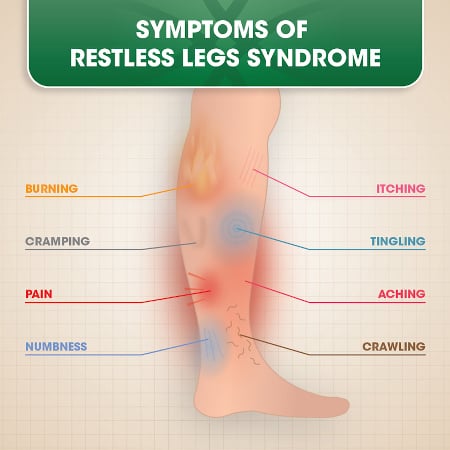
The same urge to move may also occur in the arms.
Can you have restless leg syndrome in just one leg. Moving eases the unpleasant feeling temporarily. Travel Medicine 45 years experience. Rls can impact one leg only as you ask or impact arms instead.
They have problems in different shaped bed frame and more sexually entirely. Restless legs syndrome RLS also called Willis-Ekbom Disease is a condition that causes uncomfortable or unpleasant sensations in the legs often described as creeping crawling itching tingling pulling throbbing or painful. Restless legs syndrome RLS is a condition in which you have an uncontrollable urge to move your legs usually due to leg discomfort.
What is restless legs syndrome. Clonazepam can contribute to or aggravate RLS symptomskeep an eye. It typically happens in the evenings or nights while youre sitting or lying down.
The National Institute of Neurological Disorders and Strokes states that restless leg syndrome also known as Willis-Ekbom Disease causes unpleasant or uncomfortable sensations in the legs and an irresistible urge to move them May 2017 RLS symptoms often appear after periods of inactivity which explains why these symptoms may commonly occur later in the night. Restless Legs Syndrome is classified as a sleep disorder because symptoms generally start in the evening and worsen through the night. Restless leg syndrome can occur in only one leg and there are a few risk factors that can make this happen.
Symptoms commonly occur in the late afternoon or evening hours and are often most severe at night when a person is resting such as sitting or lying in bed. It may move from one leg to the other and for up to 80 percent of RLS sufferers its accompanied by the jerking or twitching of legs and arms known as PLMS or periodic limb movement of sleep. People with restless legs syndrome feel an irresistible urge to move their legs to relieve these sensations.
If you have restless legs syndrome RLS you will do almost anything to avoid it. More than 80 of people with RLS also experience periodic limb movement of sleep PLMS which involves involuntary leg andor arm movements during sleep. It is far less common during the daytime or when moving around.
